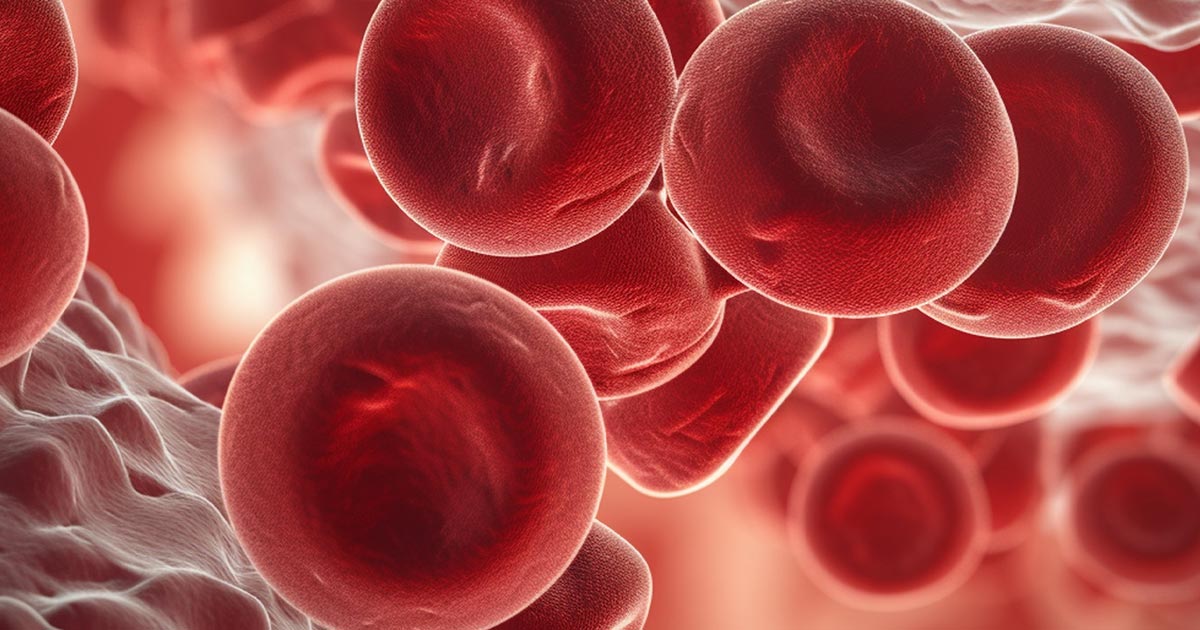Case 3: Baseline Characteristics
Ilene C. Wetiz, MD, professor of clinical medicine at the Keck School of Medicine at the University of Southern California, discusses the baseline characteristics of the case:
So, case three is [paroxysmal nocturnal hemoglobinuria (PNH)] with aplastic anemia — a 54 year old woman who presented in 2007 with pancytopenia. Her bone marrow was consistent with aplastic anemia. She was treated with immunosuppressive therapy and achieved a complete remission. And as frequently happens at our county hospital, she was lost to follow-up.
And then in April of 2012, she complained of increasing fatigue that had been going on for 6 months. Her hemoglobin at the time she presented was 2.9 [mg/dL]. Her MCV was 107 [fl]. Her white count was 1.9 [x 109/L] with an [absolute neutrophil count (ANC)] of 900, and her platelet count was 107,000[/µL]. Her reticulocyte count was actually on the low side — 26,000[/µL] — and her LDH was 1,500 [IU/L]. Bilirubin was 1.8 [mg/dL] total, and the direct was 0.3 [mg/dL]. A PNH flow was sent. They did not do a bone marrow because they were worried that if she had any bleeding, she didn't have any room to have a bleed with a hemoglobin that low. Her granulocytes on the PNH flow were 85%, were GPI deficient, and the red cells — 78% were type III cells, consistent with PNH.
Read more about

